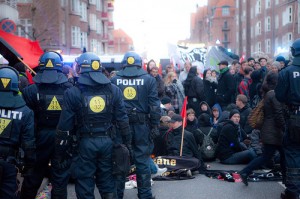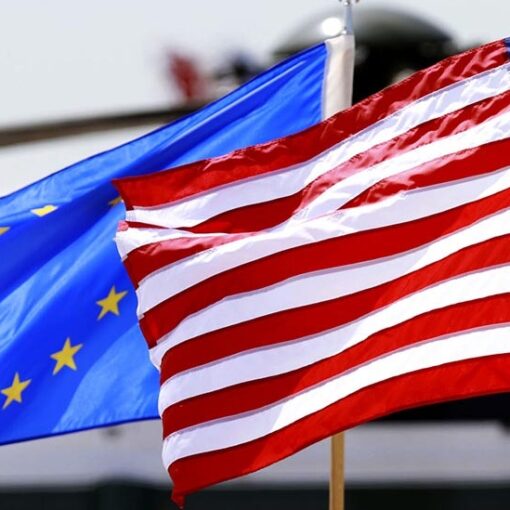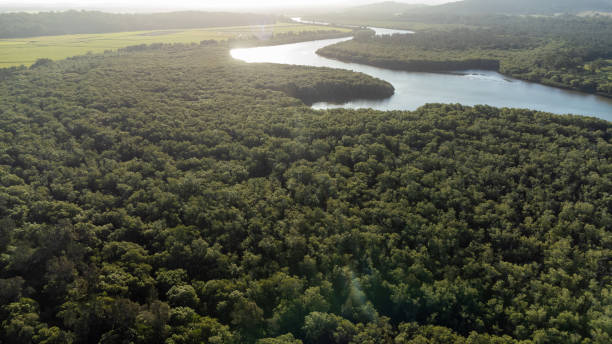
The formal negotiations are taking place in only one place, the Bella Center, but throughout the city of Copenhagen the climate event cannot be missed. Numerous buildings are draped with huge signs proclaiming some company’s, nation’s, or group’s contributions to reducing the climate problem. Public plazas have large displays of electric cars, annotated globes, and alarming aerial photographs. A wind company has purchased the right to paste its posters on the platform floors in many subway stations. Public address announcements all over town reported that the Bella Center train stop was closed because of demonstrations (as my elevated train rolled past, with my view partly blocked by a young man with a large poster saying “Don’t be Stupid: < 350,” I saw large police deployments tucked in various places in the vicinity, and TV images showed the use of batons and pepper spray). The police with their blue “Politi” vests were supplemented by soldiers in camouflage outfits and yellow vests. Many hotels lobbies are populated in part by large men with wired ears, presumably because of the very important guests within.
Small drafting groups are laboring into the wee hours night after night. At least two new negotiating texts were circulated today. Each was pockmarked with brackets, denoting contested language. No one has any idea how all these brackets will be removed by the end of the day Friday, when the conference is scheduled to conclude, but the central issues remain small in number but huge In difficulty; it’s much more important to resolve the few big issues than the many small ones, which can be taken care of in subsequent meetings. Completion does appear near on one very important topic — compensation and procedures for avoiding forest destruction and degradation.
Various political celebrities gave well-attended speeches, including Al Gore, John Kerry, Arnold Schwarzenegger, and, from a very different place, Hugo Chavez, who received loud but far from universal applause when he said, “If the climate were a bank, they would have saved it already.” There were also a lot of 5-10 minutes speeches by considerably less fiery world leaders; these speeches attracted few viewers around the video screens found in many places, and seemed largely for consumption back home (much like the speeches given late at night by members of the House of Representatives to a near-empty chamber).
Businesses have a strong presence here — almost entirely businesses that favor strong climate regulation. Carbon trading companies and wind companies are especially prominent, but investment banks, electric utilities that do not rely primarily on coal, and many others are putting on programs, hosting cocktail parties, and distributing literature. One nearly uniform message is that this conference could lead to a huge surge in the development and adoption of innovative energy technologies, but that depends on the emergence of a legal regime that has stable and known requirements and incentives, effective remedies for breach of contract, and a clear policy encouraging a low-carbon economy. At the same time, the current unpopularity of Wall Street is palpable, and it has become a real drag on the adoption of a global cap-and-trade system.



